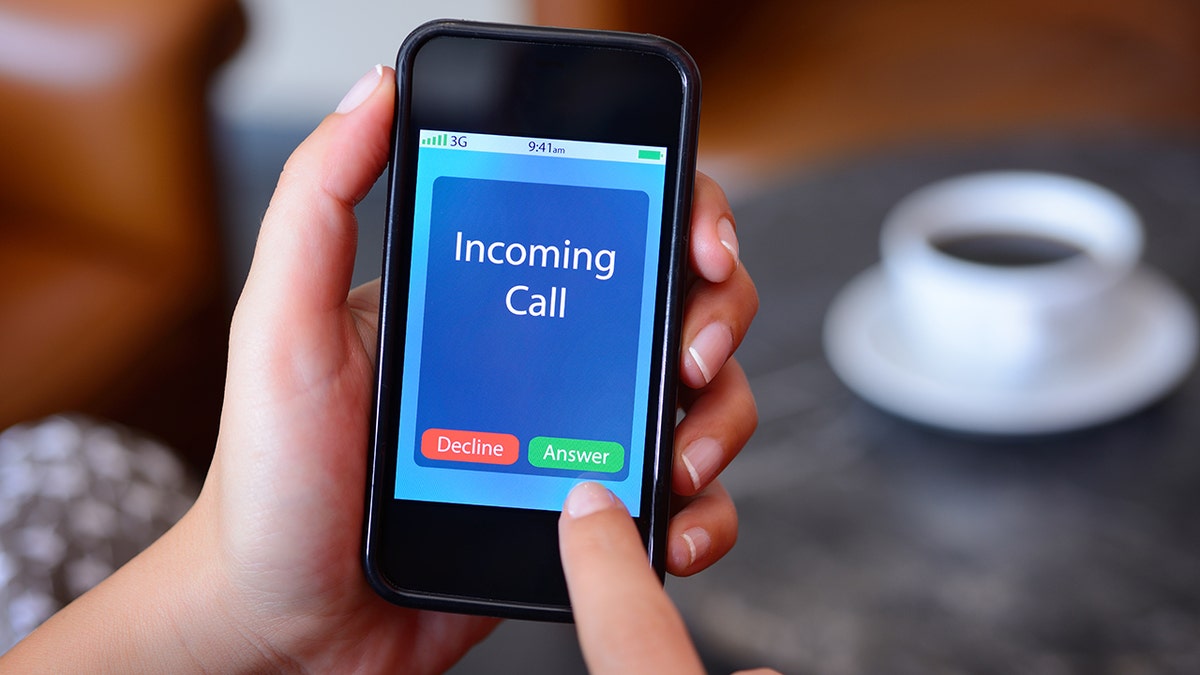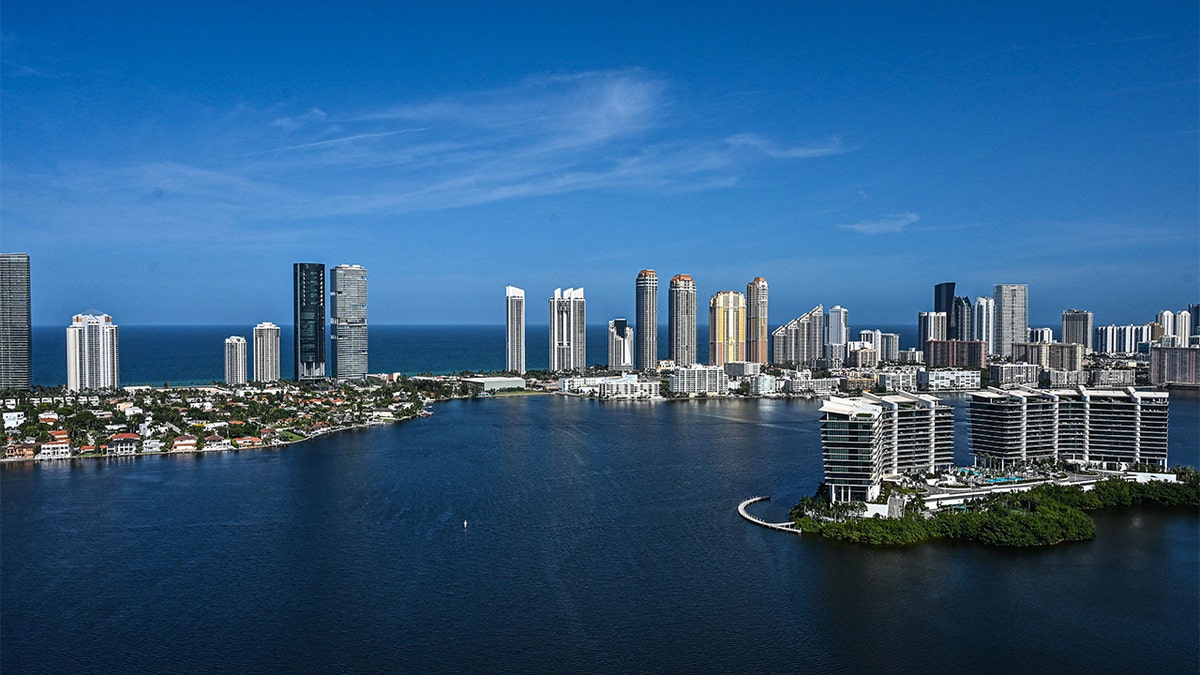No more voicemails: Breaking down new cellphone etiquette tips
'FOX & Friends' hosts discuss new phone etiquette tips.
The way we communicate is a concept that has drastically and rapidly evolved.
Today, within a couple of seconds, we can be on a phone call with someone on the other side of the world.
Not too long ago, it took the help of an operator and some patience to make a phone call.
At a time when phone calls were being placed without enough operators to connect them quickly, a new method was necessary. This is how area codes came about.
HOW TO STAY INCOGNITO AND CONCEAL YOUR NUMBER WHEN CALLING SOMEONE
But how exactly did area codes come to be? What location received the very first code? Do these three digits still matter today?
Read below to find out.

Area codes were first used as a way to connect calls in the U.S. without an operator. (iStock)
- What is the area code in a number?
- Are all U.S. area codes three digits?
- When did area codes begin to be used?
- What was the first area code issued?
- Do area codes still matter?
1. What is the area code in a number?
The area code is the first three digits in a phone number. These three digits correlate to a specific geographic area.
The geographic location identified by an area code can be one city or multiple towns.
2. Are all U.S. area codes three digits?
All area codes are three digits. A phone number is split into four different sections. The first is the country code. This is the very first digit in a number used when making an international call.
For the United States and Canada, the country code is +1.

Area codes are the first three digits of a phone number. (iStock)
Next is the three-digit area code. Following that are the three-digit telephone prefix and the last four digits, called the line number.
3. When did area codes begin to be used?
Before area codes, human operators connected calls.
Area codes started to be assigned as an easier way for people to connect via phone, with no operator necessary.
CLICK HERE TO SIGN UP FOR OUR LIFESTYLE NEWSLETTER
Area codes began being distributed with the North American Numbering Plan created by AT&T in 1947.
Before that, there wasn't a lot of structure to phone numbers. Some areas had four digits and others had five. This plan cleaned up the system by assigning area codes to different geographic locations.
At the start, there were 86 area codes assigned. Now there are hundreds of different area codes.
4. What was the first area code issued?
The number 201 was the first area code — and it was issued in New Jersey in 1951.

Many people's area codes don't correspond with where they live because most people use cellphones today. (Giorgio Viera/AFP via Getty Images)
The 201 area code no longer covers all of New Jersey as it once did, but it still remains in parts of the state, including Jersey City, Union City and Hoboken.
5. Do area codes still matter?
Area codes aren't as vital as they once were.
For many, they have become part of an individual's "identity" now more than anything else.
CLICK HERE TO GET THE FOX NEWS APP
This is because cellphones are how most people communicate, and landline phones have become a thing of the past.
When people move to a location with a different area code, they often keep their old number to avoid the hassle of a number switch. So, a person's area code doesn't necessarily correspond with where a call is placed.
For some, like businesses, area codes are important to establish credibility when making calls. Certain area codes have become popular, with people proud to wear area codes on clothing if they have a popular one — such as 310 for Los Angeles, New York City's 212 or Miami's 305.
For more Lifestyle articles, visit www.foxnews.com/lifestyle.

